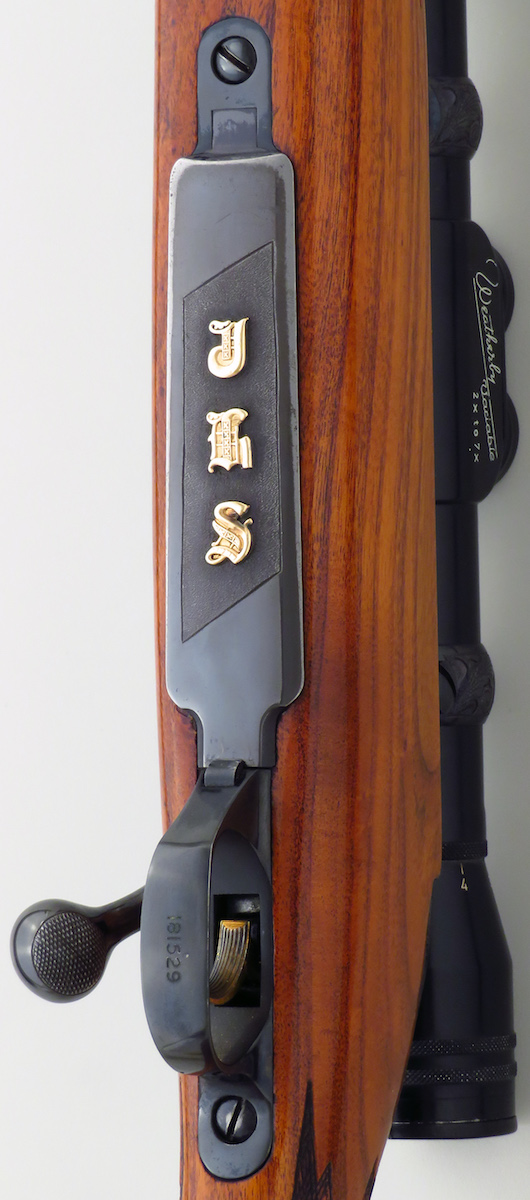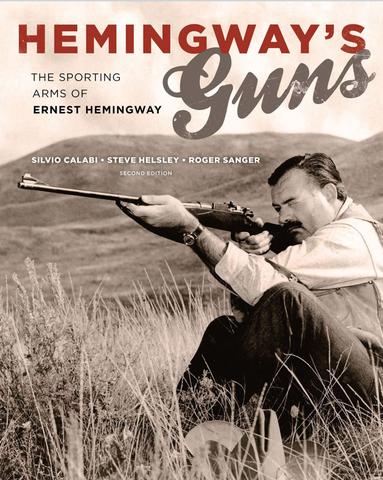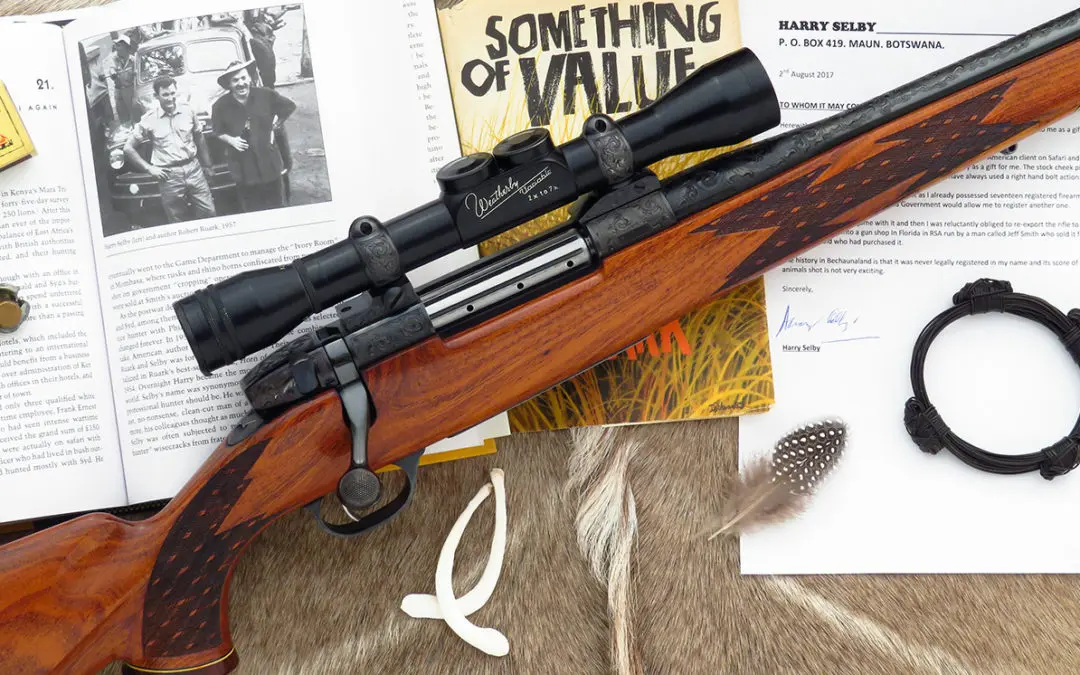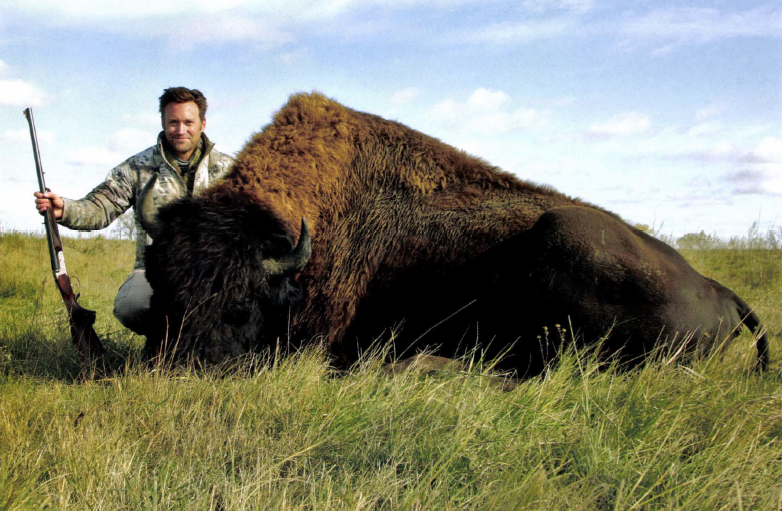A popular old saw suggests that a lady known as Good Fortune has the power to change someone’s life with but a well-directed smile. Taking that for true, she didn’t just show some teeth to a young Kenyan formally monikered John Henry Selby. Nope. She instead gave him a bawdy wink, took young Harry’s hand and lead him straight into her perfumed boudoir.
By the early 1950s, Robert Ruark’s success as an author had grown to the point he could do as generally pleased. For various reasons, an African safari seemed like a grand idea. As plans were made, Ruark settled on Selby to PH the affair – mostly because Harry’s camp staff included an old man who had hunted years before with Ernest Hemingway.
Somewhere in this string of unlikeliness is a twist on the Hemingway complex worthy of doctoral thesis, but what came from this pairing was inspiration for Ruark’s finest writing. Selby immersed Ruark in the last of old Africa. It took firm hold on the author’s soul and gifted us all with Horn of the Hunter, Something of Value, Uhuru, Use Enough Gun and a host of wonderful columns that tell it better than anyone else ever did or ever will. Selby stood tall in name through much of Ruark’s work and also served as inspiration for the Peter McKenzie character in Something of Value. Ruark even dedicated Horn of the Hunter to Selby. On a personal level, Ruark was honored to become Godfather to Harry’s son, Mark.

As supported by an included letter of provenance signed by Harry Selby, this Weatherby Mark V factory custom 300 Weatherby Magnum was made during 1967 on a special order gifted a satisfied safari client. Serial number P134412 stands tall among the most important and desirable West German Weatherby rifles ever created. Basic features include a 24-inch barrel, jeweled bolt body, two-panel checkered bolt knob, rounded rosewood forend tip, rosewood pistol grip cap with double spacers, intricate skip-line checkering pattern, Buehler mounts and a Weatherby 2-7x scope with fine crosshair reticle.
 The rifle has a right hand bolt and a left hand (right side) cheek rest, as was Selby’s preference. The floorplate presents initials “JHS” (for John Henry Selby – “Harry” was his nickname) in gold relief. The entirety of the action as well as the Buehler mounts wear full-coverage scroll intertwined with flowing grasses, the pattern continuing along the top of the barrel to the middle of the forend tip.
The rifle has a right hand bolt and a left hand (right side) cheek rest, as was Selby’s preference. The floorplate presents initials “JHS” (for John Henry Selby – “Harry” was his nickname) in gold relief. The entirety of the action as well as the Buehler mounts wear full-coverage scroll intertwined with flowing grasses, the pattern continuing along the top of the barrel to the middle of the forend tip.
Dated 2nd August, 2017, a letter with Mr. Selby’s original signature recounts his time with the rifle. In addition to the standard Weatherby markings, a small “Griffin & Howe, Andover NJ” rides the bottom of the barrel just forward of the forend tip and “181529” shows on the bottom of the trigger guard, these both required as a condition of the recent repatriation from Africa.
 Weight, with scope, is 8.8 pounds and the length-of-pull is 13.5 inches. The bore is strong and bright. Engraving is flawless. The barrel blue is approximately 95 percent, with some thinning on the muzzle face and a highlight line along the top between the muzzle and forend tip (no doubt from riding the rack in a safari truck). One small freckle appears on the right side of the barrel a few inches aft of the muzzle. The action finish is 100 percent, with slight thinning on the bolt knob and some thinning following the edges of the floorplate. Even the gold plating on the trigger rates near 95 percent. The stock is also approximately 95 percent overall. The varnish has some light crazing and checkering is tack sharp. One minor impression appears on the left side of the barrel channel, some faint impressions show on the grip cap and along the toe line, and one small area of missing varnish tops the Monte Carlo hump. The scope is optically clear, with lenses and coatings in fine condition. The rubber “bumper” ring on the ocular housing as cracked from pressure of the included covers.
Weight, with scope, is 8.8 pounds and the length-of-pull is 13.5 inches. The bore is strong and bright. Engraving is flawless. The barrel blue is approximately 95 percent, with some thinning on the muzzle face and a highlight line along the top between the muzzle and forend tip (no doubt from riding the rack in a safari truck). One small freckle appears on the right side of the barrel a few inches aft of the muzzle. The action finish is 100 percent, with slight thinning on the bolt knob and some thinning following the edges of the floorplate. Even the gold plating on the trigger rates near 95 percent. The stock is also approximately 95 percent overall. The varnish has some light crazing and checkering is tack sharp. One minor impression appears on the left side of the barrel channel, some faint impressions show on the grip cap and along the toe line, and one small area of missing varnish tops the Monte Carlo hump. The scope is optically clear, with lenses and coatings in fine condition. The rubber “bumper” ring on the ocular housing as cracked from pressure of the included covers.
The Selby Weatherby is available for $30,000. Complete details on this rifle, along with firearms from Jack O’Connor, Charles Askins, Craig Boddington, Tom Siatos and Roy Huntington can be found at sportsmanslegacy.com.
 Ernest Hemingway’s friend A.E. Hotchner once described a “yellowed four-by-five picture of Ernest,” shown him by Hemingway, “aged five or six, holding a small rifle. Written on the back in his mother’s hand was the notation, ‘Ernest was taught to shoot by Pa when 2½ and when 4 could handle a pistol.’”
Firearms and shooting infused Hemingway’s existence and thus his writing. He was a member of his high-school gun club and went to war when he was eighteen. He hunted elk, deer, and bear in the American west and went on two extended African safaris, which figured hugely in his writing and changed his life. To the day of his death, Hemingway remained an avid hunter, first-class wingshot, and capable rifleman.
Following years of research from Sun Valley to Key West and from Nairobi, Kenya to Hemingway’s home in Cuba, this volume significantly expands what we know about Hemingway’s shotguns, rifles, and pistols—the tools of the trade that proved themselves in his hunting, target shooting, and in his writing. Weapons are some of our most culturally and emotionally potent artifacts. The choice of gun can be as personal as the car one drives or the person one marries; another expression of status, education, experience, skill, and personal style. Including short excerpts from Hemingway’s works, these stories of his guns and rifles tell us much about him as a lifelong expert hunter and shooter and as a man. Buy Now
Ernest Hemingway’s friend A.E. Hotchner once described a “yellowed four-by-five picture of Ernest,” shown him by Hemingway, “aged five or six, holding a small rifle. Written on the back in his mother’s hand was the notation, ‘Ernest was taught to shoot by Pa when 2½ and when 4 could handle a pistol.’”
Firearms and shooting infused Hemingway’s existence and thus his writing. He was a member of his high-school gun club and went to war when he was eighteen. He hunted elk, deer, and bear in the American west and went on two extended African safaris, which figured hugely in his writing and changed his life. To the day of his death, Hemingway remained an avid hunter, first-class wingshot, and capable rifleman.
Following years of research from Sun Valley to Key West and from Nairobi, Kenya to Hemingway’s home in Cuba, this volume significantly expands what we know about Hemingway’s shotguns, rifles, and pistols—the tools of the trade that proved themselves in his hunting, target shooting, and in his writing. Weapons are some of our most culturally and emotionally potent artifacts. The choice of gun can be as personal as the car one drives or the person one marries; another expression of status, education, experience, skill, and personal style. Including short excerpts from Hemingway’s works, these stories of his guns and rifles tell us much about him as a lifelong expert hunter and shooter and as a man. Buy Now



